The effect of an AC or DC current in the large copper is a time-varying or constant magnetic field encompassing the little conductors. This field can in turn induce a current in the smaller conductors, in addition to any voltage induced through capacitive coupling.
A TDR length measurement, in general, is based on a measurement of reflections from the change in impedance (an open, or a short) at the end of the cable. It does not involve the direct measurement of capacitance or resistance of the cable.
In theory, the TDR does not have to be affected by such currents. And in practice, if you perform a "pedestrian" TDR measurement with a signal generator and a scope, you should be able to determine the length, or location of faults, regardless unrelated voltages or currents on the wire.
However, what happens may be specific to the TDR you are using: if the perceived change in impedance is affected by the induced currents or voltages due to the large conductor, then the algorithms internal to the TDR may be thrown off.
Knowing nothing more about your specific TDR device and the frequency of the current through the large conductor, it is unlikely we can provide a definitive answer.
However, you could provide more specific details (currents, frequency, type of wire, TDR model, more about the circumstances/application) and perhaps someone here has experienced a similar set-up.
Or, you could set up a mini experiment if you have a piece of that cable of known length, to determine whether the current affects the TDR processing by comparing the TDR's length measurement against the actual.
If, however, you are using a DMM to measure R and/or C and determine the length form it, then that's a different question.


